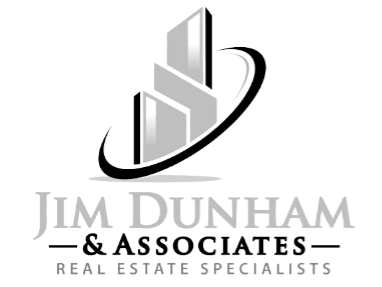“What does N-N-N mean?”
This is one of the most common questions we hear from people entering the commercial real estate leasing arena. Although there are a number of variations of the NNN (pronounced “triple net”) lease, the following information will provide a basic guideline.
The 3 N’s
N – Real Estate Property Taxes
N – Property Insurance
N – Common Area Maintenance (“CAM”)
The first two N’s are self-explanatory – tenants under NNN leases are responsible for their proportionate share of property taxes and building insurance. For single-tenant properties, 1/12 of these amounts may be collected by the landlord each month. In other situations, the tenant may pay these costs directly to the taxing authority / vendor, and submit proof of payment to the landlord.
The final N, common area maintenance, is a catch-all category. You can expect to see a number of fees wrapped into CAM, including repairs and maintenance, exterior electrical costs, snow removal, grounds keeping, shared signage expenses, property management, pest control, common area cleaning costs, etc. Some landlords also include water and sewer in the CAM category.
Paying NNN Expenses
NNN expenses are typically based on a cost per square foot, and are due along with monthly base rent costs. As an example, if you are leasing 1,000 square feet under the following terms:
Base Rent:Â $10 psf
NNN Estimate:Â $2.00 psf
Your monthly payment would be $1,000, calculated as follows:
Base: $10 X 1,000 sq. ft. = $10,000/year / 12 months = $833.33
NNN: $2 X 1,000 sq. ft. = $2,000/year / 12 months = $166.67
Total: $833.33 + $166.67 = $1,000/month
Why Two Numbers?
Why do landlords have to complicate things by using two numbers – why don’t they just lease the space in the example above for $1,000 a month?
The base rent ($10) is a number that is set by the lease agreement. This number only changes if the lease calls for the number to increase or decrease.
On the other hand, NNN expenses are estimates and there is an actual reconciliation of the NNN costs annually. In our example, the landlord estimated the annual NNN expenses at $2.00 per square foot. After the account is reconciled, if the expenses were actually $1.90 per square foot, then tenants will each receive a credit of $.10 per square foot, or $100 in our example. Conversely, if the actual expenses were $2.15 per square foot, tenants will receive an invoice for the shortage, or $150 in our example.
This potential fluctuation of the NNN expenses is the reason that the base rent and the NNN estimate are shown as two separate numbers.
Every real estate deal and lease agreement is a unique situation. Your commercial real estate specialist will work with you and your legal counsel to ensure that the lease accurately reflects the negotiated deal.
Have a commercial real estate question? E-mail Linda at Linda@JimDunham.com and we’ll try to answer on-line! Your information will not be shared.


Comments (0)